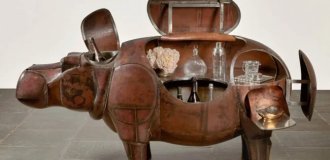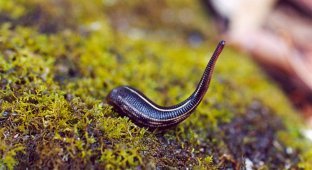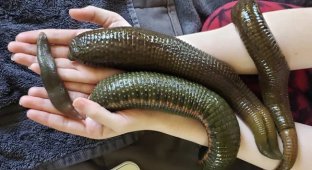The Prophecy of Leeches: How a Victorian Genius Tamed Beneficial Bloodsuckers to Predict Storms (7 photos)
Some animals have an uncanny ability to sense changes in the weather. Frogs begin to croak loudly before a thunderstorm, birds rush to their nests, and cows, sheep, and ants show obvious anxiety. 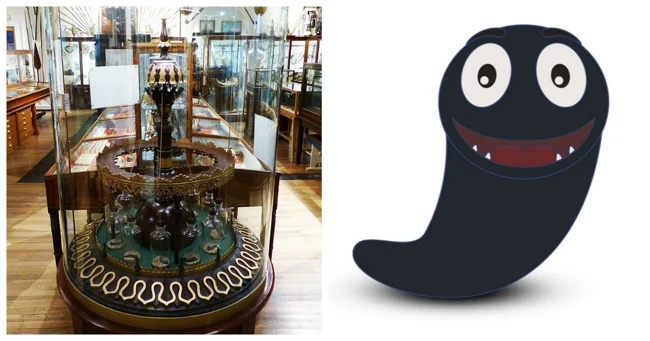
George Merryweather, a 19th-century English physician and inventor, noticed that the medicinal leeches he was working with behaved differently when the weather worsened. 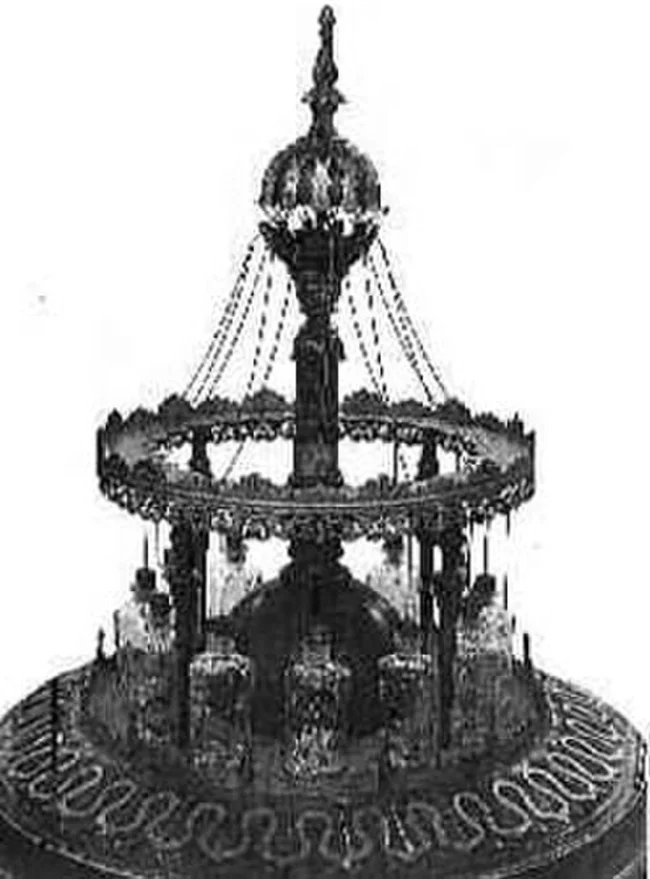
Storm Predictor – Old Photograph
In their glass flasks of water, they lay quietly at the bottom on clear days. However, a few hours before the sky clouded over and the wind picked up, the bloodsuckers began to show signs of agitation. If rain was expected, the leech would emerge from the water, and if a real storm was approaching, it would curl up into a ball and remain that way throughout the storm. When the weather cleared, the leech would return to the bottom of the vessel. 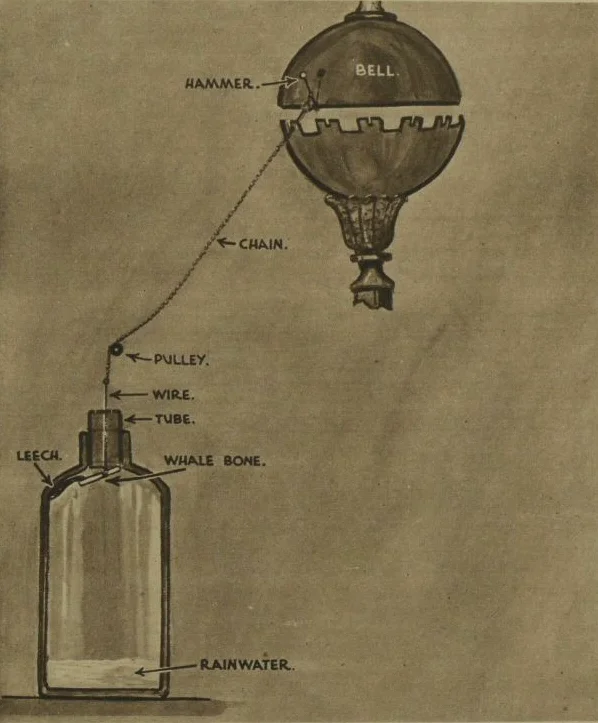
Merryweather decided to exploit this remarkable ability of leeches by creating a storm-predicting device. He described it as an "Atmospheric Electromagnetic Telegraph Operated by Animal Instinct," but preferred the shorter name "Storm Predictor."
This device consisted of twelve glass vials, each containing a live leech in four centimeters of water. The neck of each vial was covered with a piece of whalebone, connected by a wire transmission to a small hammer capable of striking a large metal bell. All twelve vessels were arranged in a circle around this bell. 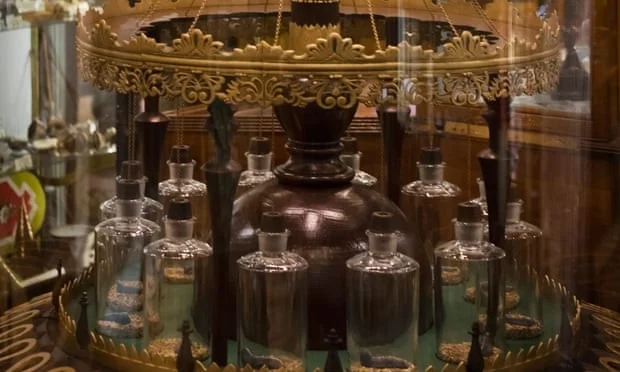
When a storm approached, the change in atmospheric pressure caused the leeches to climb into the narrow neck of the vessel. Their movements displaced the whalebone, which activated the mechanism and caused the bell to ring. If several bells rang one after another, it meant that a storm had been predicted. 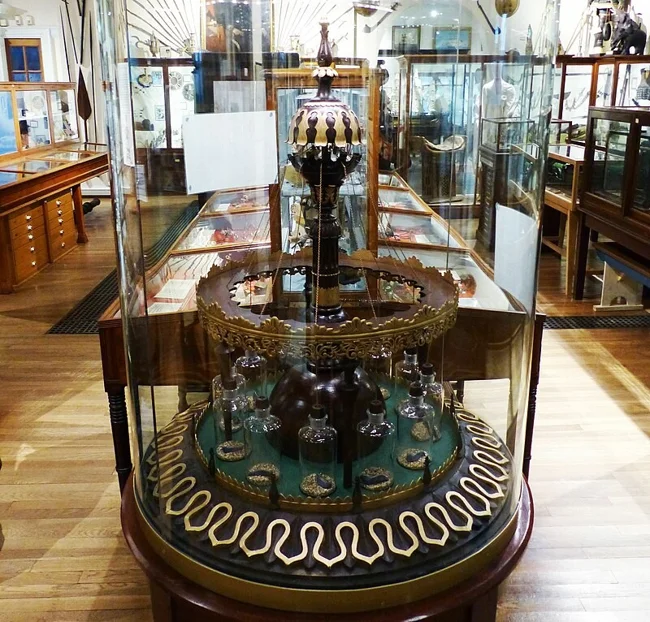
A modern replica, on display at Whitby Museum
In his treatise, Merryweather noted with touching care that he placed the leeches, which he respectfully referred to as "a jury of philosophical advisers," in a circle of glass jars so that they would not suffer "the pangs of solitary confinement." 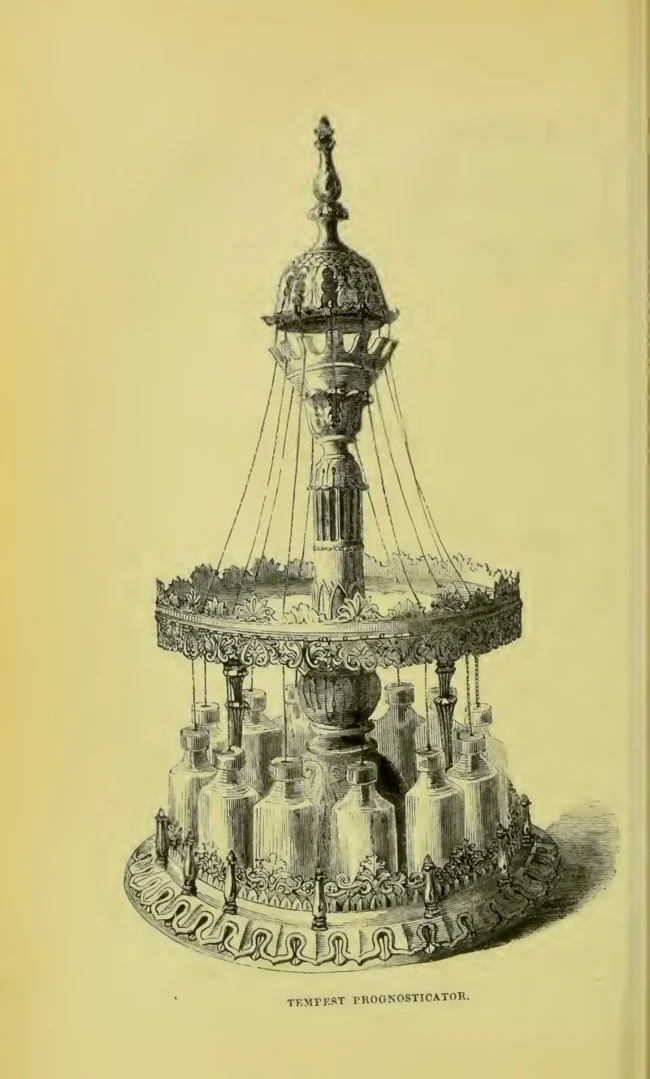
In 1850, the inventor spent over a year testing the device. And every time his jury of leeches predicted a storm, he sent a letter to the president of the Philosophical Society and the Whitby Institute.
Later, Merryweather even proposed to the government that such devices be installed along the entire British coastline, but the authorities preferred to use Robert FitzRoy's storm glasses for this purpose. 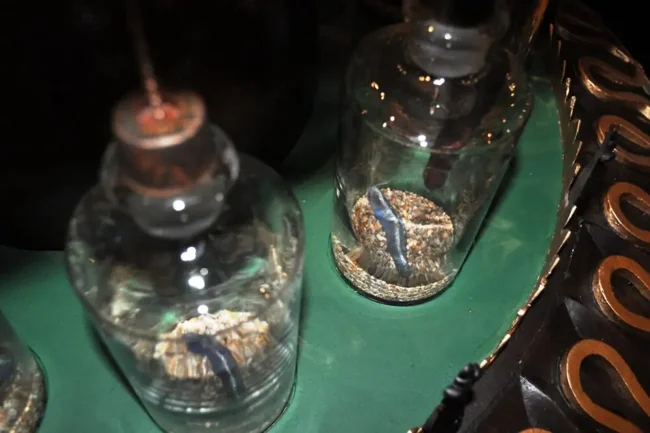
The storm predictor did not receive the recognition its creator had hoped for. Even the original apparatus, exhibited at the 1851 Great Exhibition, was subsequently lost. Today, an exact replica of this amazing meteorological device can be seen in the Whitby Museum.









